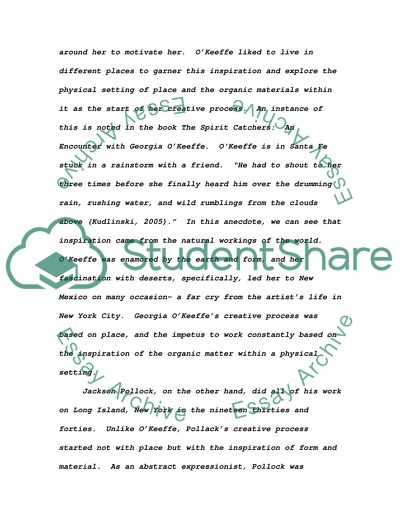Cite this document
(Creative Processes of Different Artists Case Study, n.d.)
Creative Processes of Different Artists Case Study. https://studentshare.org/culture/1721823-creative-process-paper
Creative Processes of Different Artists Case Study. https://studentshare.org/culture/1721823-creative-process-paper
(Creative Processes of Different Artists Case Study)
Creative Processes of Different Artists Case Study. https://studentshare.org/culture/1721823-creative-process-paper.
Creative Processes of Different Artists Case Study. https://studentshare.org/culture/1721823-creative-process-paper.
“Creative Processes of Different Artists Case Study”. https://studentshare.org/culture/1721823-creative-process-paper.


